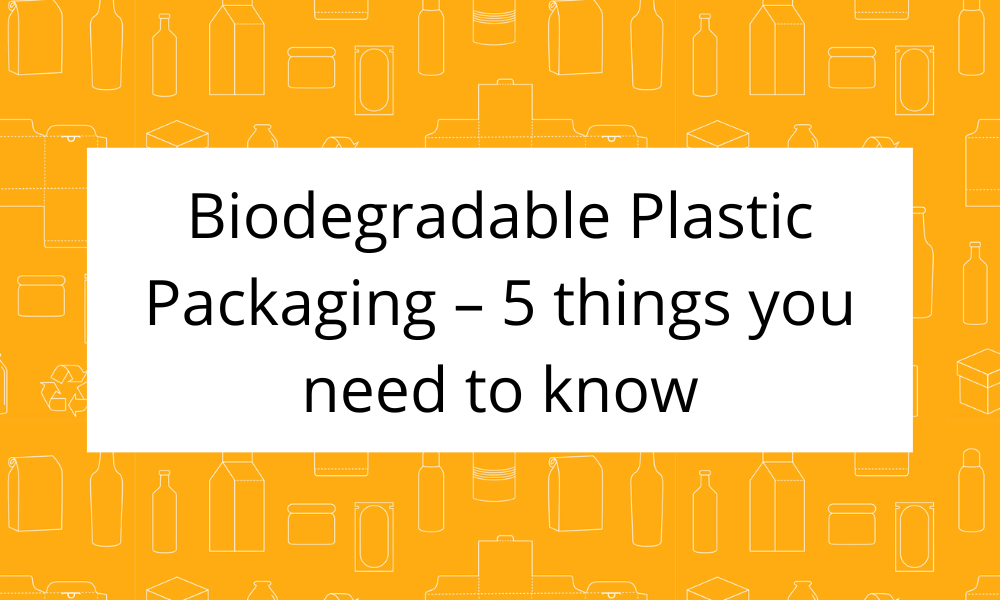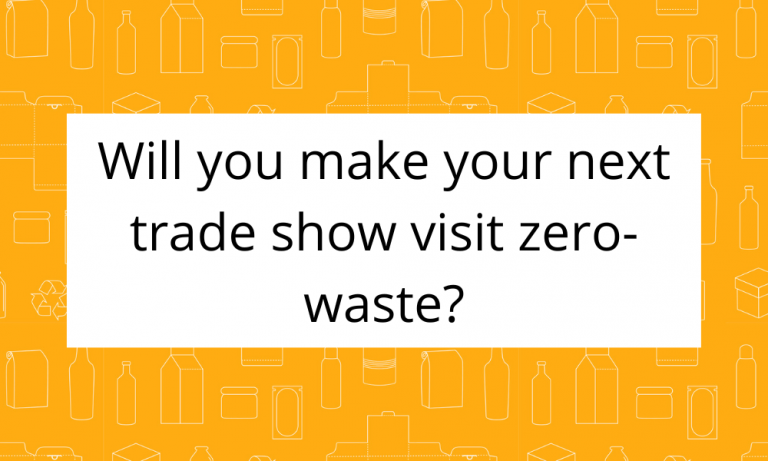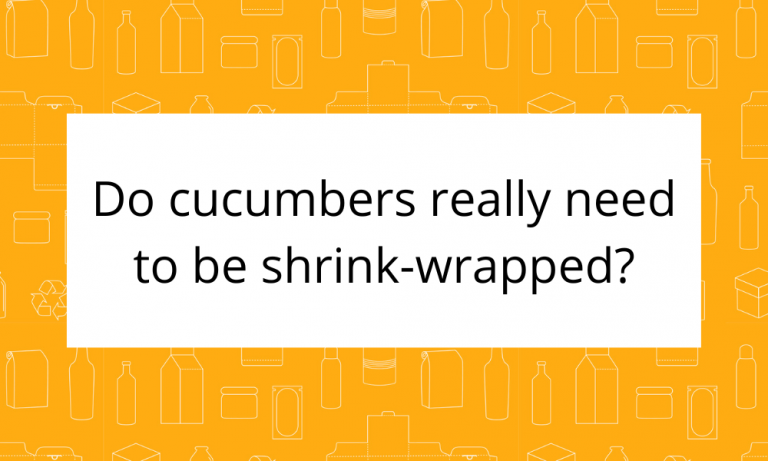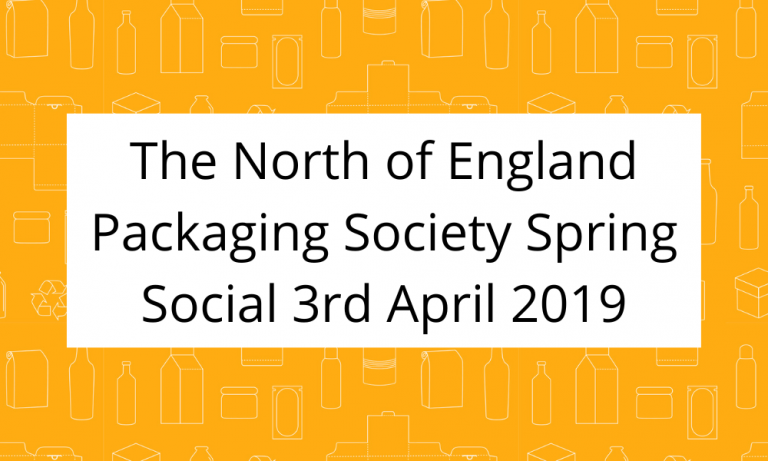If you use plastic packaging, carriers or cutlery to give to your customers it is tempting to use biodegradable versions. These can be a good idea, but only in the right circumstances. Read on to find out why;
1. Biodegradable plastics don’t necessarily break down in the sea, on land or in landfill.
There are 2 main kinds of biodegradable plastics for packaging – compostable and oxo-degradable. Compostables have to be processed in specific conditions for them to break down, and there is currently doubt over the effectiveness of oxo-degradables.
2. Compostable plastics
These are usually made from natural sources – like corn starch or cellulose from wood. They are often used for carrier bags, disposable cutlery and bags for food waste where councils collect it. Most of these will only break down in an industrial composter, or an anaerobic digester, which operates at temperatures of around 60°C. These can be identified with the symbol above with the code EN13432. More details available here . Unless you / your customers have access to an industrial composting waste stream, these materials could be doing more harm than good – at best they will either be incinerated or stay intact in landfill. At worst they could decompose in landfill releasing methane, a powerful greenhouse gas, or end up contaminating the plastics recycling stream. Green-field music festivals are a good example of where compostable items can work as they have complete control over their waste management. (Vegware have this sorted)
3. Home Compostable plastics
These are the same as the industrially compostable plastics above, but will compost at lower temperatures, so in theory you can put them in your compost heap. I’d love to hear from anyone that does this – my garden is too small for a compost heap!
4. Compostable plastics decompose to water, carbon dioxide or methane and a very small amount of biomass
Very little of the original material is left behind as compost. Composting of plastics is really just a way to make them disappear, a slow version of incineration! (although the methane can be captured from anaerobic digestion and used as fuel)
5. Oxo-degradable plastics (or oxo-biodegradable plastics)
These are standard oil-based plastics, like Polythene, which have an additive included. The additive makes the plastic fragment into smaller pieces over time. In theory, these smaller fragments can then be digested by micro-organisms. However, in November 2017, 150 organisations including Greenpeace and WWF endorsed a statement from Ellen MacArthur Foundation’s New Plastics Economy that recommends putting a hold on using this kind of plastic until it has been proven that these particles do not accumulate in ecosystems. You can read the report here . Naturally the Oxo-biodegradable plastics association refute this. My experience is that they take a long time to break up in the environment – the photo above shows a carrier bag I found on a beach in March 2011 – it had been around long enough for the ink to fade, but not for the bag to break up (the retailer in question no longer uses this technology). (By the way if you have stored something in one of these bags over the last few years check up on it – they make a real mess when they start to flake!)
The points discussed above don’t mean we should stop looking into biodegradable plastics, far from it, but the method of disposal needs to be considered before making claims about the benefit to the environment. Ideally in a few years there will be no public demand for biodegradable packaging as all of it will be captured and reprocessed before entering the environment as part of a circular economy!
Do you use biodegradable packaging? Do you compost at home? Do you think all plastic packaging should be biodegradable? Let me know your experiences in the comments section below.
To see how I can help your business grow, check out the case studies and services provided pages on my website. For more information, contact me here, call me on 07826 791 045 or subscribe to my monthly newsletter







